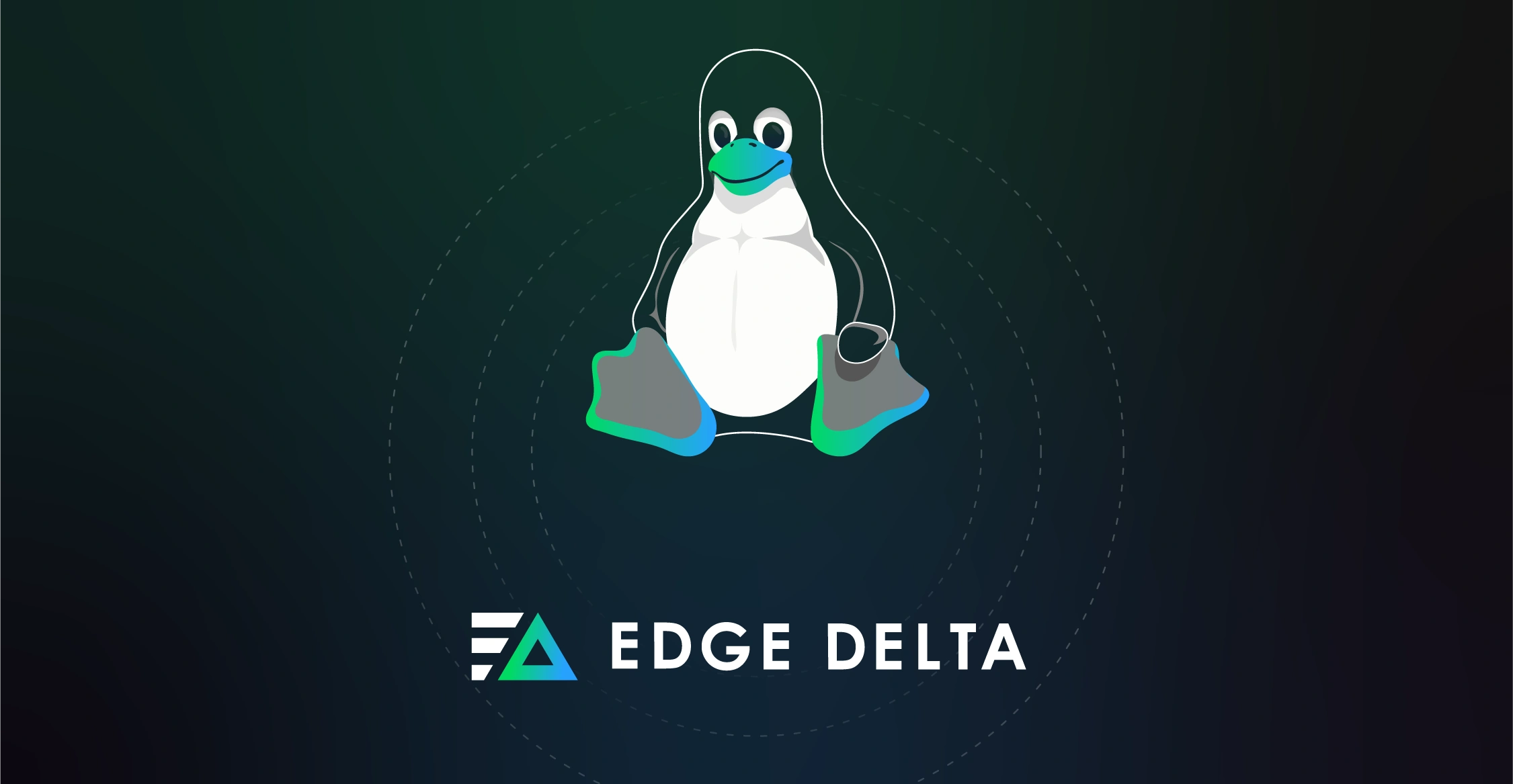The ELK stack comprises open-source tools for managing and analyzing immense volumes of data in real-time. Popular companies like Netflix and LinkedIn use it for its scalability, flexibility, and integration abilities, which assist in data analysis.
If you’re wondering whether you should implement the ELK stack, continue reading to discover its pros and cons.
What is an ELK Stack?
An ELK stack combines three open-source projects: Elasticsearch, Logstash, and Kibana. These tools efficiently manage and visualize log data.
Learn more about the components of the ELK stack below.

Elasticsearch
Elasticsearch was initially released in February 2010 by Shay Banon, a software engineer and the co-founder of Elastic NV. This search and analytics engine is known for its speed, scalability, and ability to handle unstructured data in real-time. Elasticsearch stores, indexes, and searches the data transmitted from Logstash.
Using distributed architecture, Elasticsearch can scale horizontally and manage large volumes of data. It provides powerful search capabilities that allow complex queries, aggregation, and analytics on the stored data.
Logstash
Logstash is a data processing component launched in February 2016. It is the entry point for logs or streaming data. This open-source data collection engine helps standardize and enrich the data before analysis. Logstash collects data from various sources, such as AWS CloudWatch API, Apache, and PostgreSQL. It can even ingest data simultaneously.
Logstash processes and transforms the data according to the defined formats. The processed data is then sent to a specified destination (typically Elasticsearch).
Kibana
Launched in December 2019, Kibana is the visualization layer that interacts with the data stored in Elasticsearch. It lets users create dynamic dashboards that present the data in charts, tables, or maps.
Kibana allows users to examine the data, perform real-time analysis, and gain insights through visualizations. It makes the data accessible to users without writing complicated queries or understanding the underlying structure.
The three tools provide an integrated solution for logging, searching, analyzing, and visualizing data in real-time. Logstash collects log data from different sources. The data flows from Logstash to Elasticsearch, which is indexed and stored. Users interact with the data through Kibana to perform searches, analyze, and create visualizations.

Using the ELK stack allows organizations to manage and acquire insights from their data—making it invaluable for monitoring, troubleshooting, and securing IT environments.
Pros of Implementing ELK Stack
The ELK stack is considered a comprehensive and flexible solution that allows businesses to extract valuable insights from their data in real time. It has the following advantages:
- Cost
- ELK is more cost-effective than branded solutions requiring licensing fees. All of its components are open-source and free to use. Its affordability allows organizations to invest more in hardware and other services hosting the stack.
- Centralized Logging
- Centralized logging is a vital component for monitoring IT environments. The ELK stack collects logs from various sources and transmits them to a single, searchable repository. With its efficient aggregation capabilities, log management is simplified, allowing users to detect and resolve issues faster.
- Scalability
- One of ELK’s components, Elasticsearch, is designed for horizontal scalability. It can manage large data volumes and high query loads by distributing data across a cluster of servers.
- Various Hosting Alternatives
- The ELK stack provides flexibility in hosting options. It can be deployed on-prem, in the cloud, or in a hybrid environment. This versatility allows organizations to choose the hosting solution that best fits their requirements.
- Visualization and Analysis Capabilities
- Kibana allows users to create and share real-time visualizations of their data, which is valuable for real-time monitoring and decision-making. The ability to analyze data in real time helps organizations respond quickly to issues.
Downsides of ELK Stack
The ELK stack is a top choice for log management and analysis due to its efficient features and active community. However, like any technology, it has its downsides. Some common drawbacks include:
- Complexity in Setup and Maintenance
- Setting up the ELK stack can be complex and time-consuming. It involves configuring multiple components to work together seamlessly. Maintenance, updates, and scaling also require a solid knowledge of the stack’s architecture.
- Steep Learning Curve
- Despite its extensive documentation and supportive community, the ELK stack has a steep learning curve for users unfamiliar with search and analytics. Understanding how to effectively use and optimize Elasticsearch queries, Logstash configurations, and Kibana dashboards may take time.
- Resource Intensity
- Elasticsearch can be resource-intensive. It requires significant memory and CPU resources to perform efficiently, especially when dealing with large volumes of data.
- Data Retention and Cost
- While using ELK is free, storing large volumes of log data in Elasticsearch still requires fees—which can be expensive. Complex configurations and integration of additional tools may be needed to manage costs and execute data retention.
Is ELK Stack Right for Your Data Analysis Needs?
The ELK stack offers a robust platform for searching, analyzing, and visualizing data in real-time. It is primarily used for the following purposes:
- Log Management – The ELK stack aggregates and analyzes logs from different sources. It provides insights into a system’s performance, security vulnerabilities, and more.
- Centralized Monitoring – For systems that use multiple servers and other services, ELK provides a centralized platform for monitoring the state of the entire infrastructure.
- Security Information and Event Management (SIEM) – ELK helps monitor and analyze security events in real-time. It assists in detecting anomalies and potential threats.
- Business Intelligence and Data Analytics – The ELK stack analyzes business data to get insights into customer behavior, market trends, and operations.
- Application Performance Monitoring (APM) – Organizations use ELK to monitor an application’s health and overall state. It tracks response times and identifies bottlenecks to improve the application and user experience.
Prominent tech companies are known to benefit from using the ELK stack. Netflix uses it to manage security and operation logs.
LinkedIn also employs ELK to monitor its platform’s security and performance. ELK even helps IFTTT monitor, alert, and visualize its API events.
Whether ELK Stack suits the data analysis needs of your organization depends on several factors. ELK might be a good fit if you are:
- Dealing with large datasets that need to be parsed and analyzed quickly
- Looking for real-time analysis and visualization of data for quick insights
- Managing logs from various sources
- Requiring robust search capabilities for your application
Conclusion
The ELK stack provides a powerful suite of tools for managing, analyzing, and visualizing data in real-time. While it has numerous benefits, it also poses challenges. While it is cost-effective and scalable, setting it up can be complex, and it can also be intense when using resources.
Despite its downsides, the ELK stack remains valuable in enhancing a system’s monitoring, troubleshooting, and data analysis capabilities. It helps organizations gain relevant insights that drive significant improvements in their IT environments.
ELK Stack FAQs
Is ELK stack still free?
Yes, the ELK stack is free if you use the basic version. However, you must sign up for the subscription to use its advanced security, alerting, and machine learning features.
How much data can ELK handle?
The ELK stack can handle petabytes of data, limited only by the available hardware and network resources. Its capacity scales horizontally by adding more nodes, allowing efficient management and almost real-time analysis of more datasets.
What is the difference between ELK and Prometheus stack?
ELK is designed for logging, especially for aggregating and analyzing log data. Meanwhile, Prometheus focuses on collecting and processing real-time metrics. ELK excels in searching and managing log data, while Prometheus is tailored to monitoring and analyzing time-series data.






